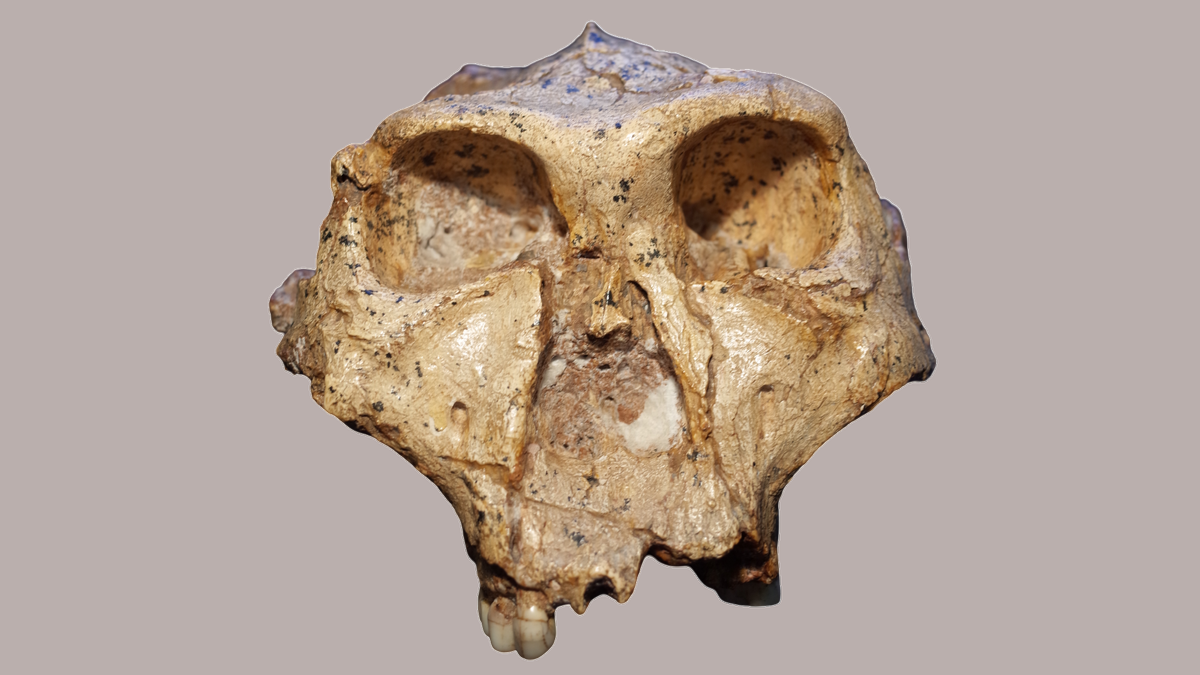
Among the more curious entries in alien lore, the tall whites stand out — literally.
These pale, lanky beings are said to be over 7 feet (2.1 meters) tall and were made famous by former military weather observer Charles James Hall, who detailed his alleged encounters during his time at Nellis Air Force Base in Nevada.
According to Hall, he was initially terrified but gradually overcame fears during his two years of working near them. In his writings, he describes walking with the tall beings and adapting to their presence through a mix of caution and curiosity.
Who Are the Tall Whites?
The tall whites, as described by Hall, are allegedly humanoid aliens with long limbs, pale skin and glowing blue eyes.
Unlike the little green men of pop culture, they seem more reserved — aloof but not overtly hostile. Hall claimed they had a base on Earth and were here with the government’s awareness, if not its full cooperation.
Their behavior was reportedly unpredictable. While some encounters were calm, others were stressful, especially early on when Hall was still claiming sightings without broader belief or support.
Public Response and Media
Hall’s story gained attention in UFO circles and was later turned into a documentary film titled “Walking With the Tall Whites” based on his book series “Millennial Hospitality.” Clips and videos online show interviews and reenactments, prompting viewers to start watching and debating what they watch.
Photos and evidence remain thin, and skeptics often point out the lack of physical proof. Still, descriptions from Hall and others have kept the story alive in UFO forums and niche media.
What Do They Want?
There’s no definitive sign of an agenda. According to Hall, the tall whites seemed more interested in observing humans and exploring Earth than making contact. He even suggested they had families and a structured society.
Whether you believe the tale or not, the story taps into deeper questions about humanity, alien life and the nature of fear. From initial terror to cross-species curiosity, it’s a narrative that challenges how we think about the unknown.
We created this article in conjunction with AI technology, then made sure it was fact-checked and edited by a HowStuffWorks editor.
























